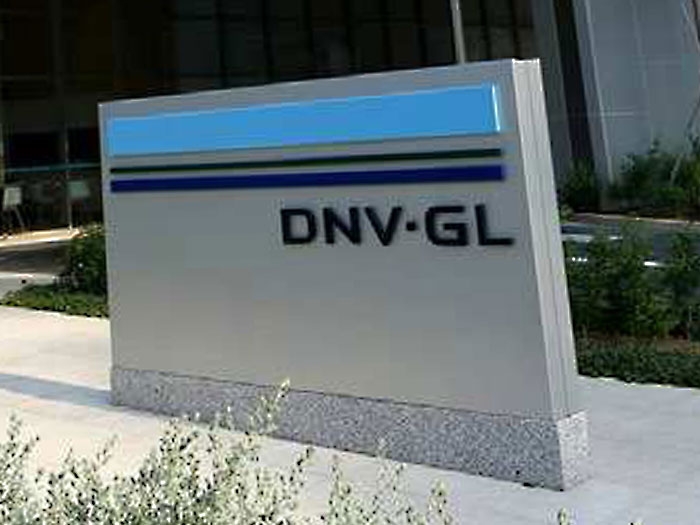
DNV GL offers “Scrubber Ready” notation
Written by Nick Blenkey
MARCH 3, 2016 — Classification society DNV GL has created a new class notation to help shipowners prepare their newbuildings for the installation of an exhaust gas scrubber. “Scrubber Ready” ensures that the necessary preparations are in place for a smooth and cost-efficient scrubber retrofit at a later stage.
Part of the new DNV GL rules for classification, the “Scrubber Ready” notation can be awarded to ships that have planned and partly prepared for the installation of an exhaust gas cleaning system (EGCS) for the removal of SOx at a later date.
The notation identifies the general type and category of scrubber systems than can be installed on the vessel. It also details the level of scrubber readiness, with the minimum scope attesting that the space available and future installation arrangement meets class and statutory requirements. This can be expanded to include more extensive preparations, through to a complete review of the scrubber documentation according to main class rules, including the certification and installation of piping and sub-systems.
For shipyards, working with the “Scrubber Ready” standard gives an easy framework within which to offer future-ready ship designs to the market.
DNV GL also offers similar services for LNG-readiness with the “Gas Ready” notation.
“There is no doubt that stricter emissions regulations for sulfur oxides are here to stay,” says Knut Ørbeck-Nilssen, CEO at DNV GL – Maritime. “This new ‘Scrubber Ready’ class notation gives shipowners the flexibility to minimize their initial investment when ordering a newbuilding, while at the same time having the confidence that their vessels are already on the track to easy compliance with incoming emissions regulations.”
“Ship managers have to factor in many considerations when planning for a potential future scrubber installation, from space and stability requirements, to fire safety, piping, corrosion resistance, and the effect on the main engine,” says Hans Jacob Horgen, responsible engineer at DNV GL for exhaust gas cleaning rules. “It is very important to have an overview of the design and an understanding of how the system will interact with the engines and auxiliary parts of the machinery system. We also offer scrubber advisory services to support our customers, from building the business case, to risk assessment of the design, installation, commissioning, hardware-in-the-loop testing of the control system, right through to the system entering into operation.”





Leave a Reply
You must be logged in to post a comment.